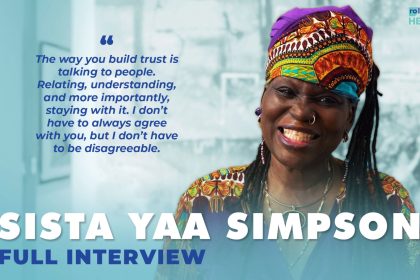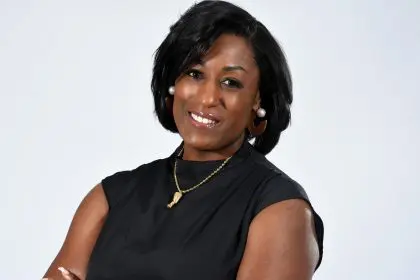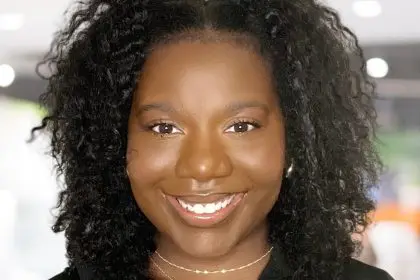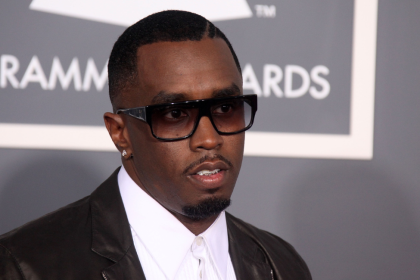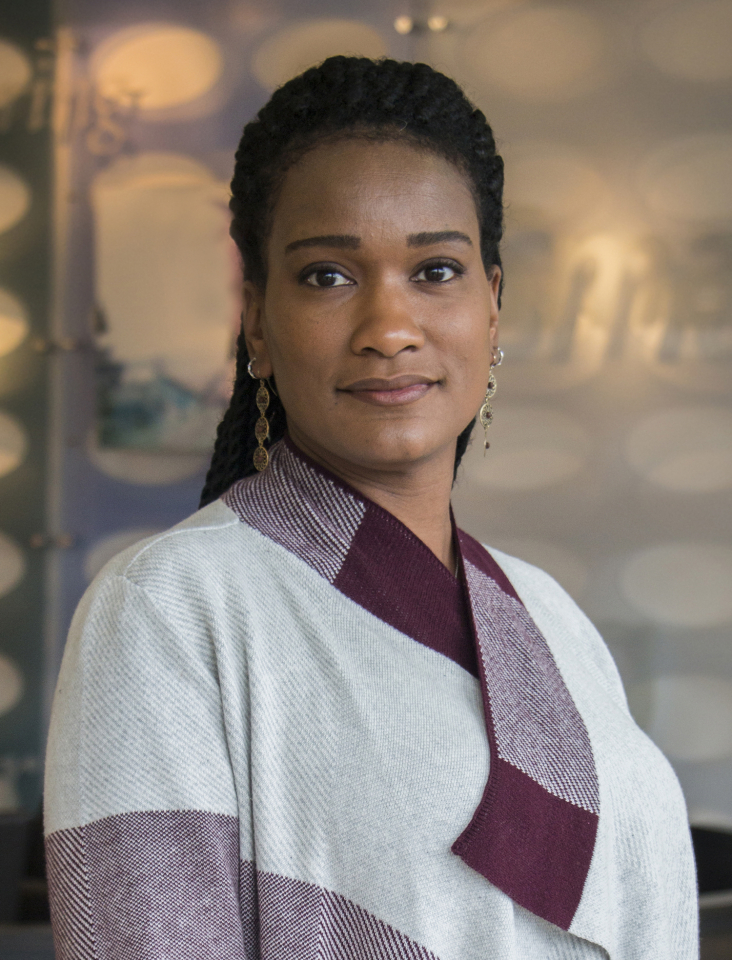
Anika Ward is the director for the Center for Prevention at Blue Cross Blue Shield of Minnesota. She leads the Center for Prevention’s work to invest, connect, and advocate to reduce health inequities across the state. Her responsibilities include program strategy and implementation, budget planning and oversight, operations, and strategic partnerships.
Here’s Ward’s interview with rolling out regarding tackling root causes of preventable death and disease.
What are your departmental objectives?
The Center for Prevention delivers on Blue Cross’ long-term commitment to improve the health of all Minnesotans by tackling the leading root causes of preventable death and disease: tobacco use, lack of physical activity and unhealthy eating.
We know that only 10 percent of health is influenced by clinical care, and another 10 percent is influenced by genetics. The remaining 80 percent is a result of our physical environment, health behaviors and social and economic factors. These include factors such as our access to housing, education and community connections. As a result, race, place and income are strong predictors of health outcomes.
Funded through proceeds from Blue Cross’ historic lawsuit against the tobacco industry, we collaborate with organizations statewide to advance policy, systems, and environmental interventions that increase health equity, transform communities and create a healthier state.
What is your day-to-day like?
I spend a good portion of my day in meetings and planning discussions, guiding the development of our new strategic plan, directing day-to-day center operations, developing new community connections, and building support/alignment to Blue Cross’ strategies advancing health equity and community health improvement.
What are your organization’s most important values?
The mission of Blue Cross Blue Shield of Minnesota is to make a healthy difference in people’s lives. We work to address the changing needs of health care across the state through our business and community work.
Our corporate values are Respect (treating everyone with integrity and empathy); Accountability (taking responsibility for our actions and decisions); Imagination (being creative and inventive in our work); and Courage (having the conviction to do the right thing).
Holding true to these values, Blue Cross has articulated an explicit focus on health equity within the company’s strategic plan, stating that all people, regardless of race, income, zip code or other factors, should have opportunities to live the healthiest lives possible. Thus, our work to advance health equity is mission critical and business critical.
How important is diversity to you personally? Please explain.
I grew up with a strong value for diversity around me. I’ve seen firsthand unfortunate outcomes when decisions for a large diverse group of people are made by a small, more homogeneous group. I’ve also had the benefit of witnessing many examples of innovative solutions that can result when diverse experiences, ideas, and perspectives are brought to the table to develop collaborative solutions.
Every new experience teaches me that I still have quite a bit to learn. So I embrace diversity, and see it not only as a way to build better communities – but also as a way to ensure my continual growth and evolution into a stronger, and more productive contributor to my community.
I view the value of diversity very similarly within an organizational context. Constantly working to become a more diverse and inclusive workplace is the only way to ensure your work can lead to more productive, more equitable outcomes. When your bottom line is healthy communities, this is critical to your success. The added bonus of a diverse and inclusive workplace is the opportunity to ensure your business stays tuned to the needs and expectations of your community/consumers and that you are always prepared and equipped to respond to opportunities.
What are steps taken to make sure everyone feels included? What diversity programs are in place?
Blue Cross is committed to creating a workplace that embraces diverse perspectives and reflects the populations we serve. As such, one of the strategic pillars of the health equity integration strategy is a “Diverse and inclusive workplace.”
One of the tools we are instigating is the use of the Intercultural Development Inventory (IDI), which is a critical tool used to assess the capability to shift cultural perspective and appropriately adapt behavior to cultural differences and commonalities. The IDI has been invaluable in assessing staff development and then providing them the tools and trainings to increase their competency to better serve the businesses and individuals we cover.
As part of Blue Cross’ commitment to elevating health equity, we recently released an internal campaign called Faces of Blue, which will feature multiple Blue Cross employees and their perspective on what health equity means to them. These stories offer us a connection to our colleagues and provide a lens into how health equity impacts them and their families, [and] furthers the diversity and inclusion journey that Blue Cross has committed to embarking on.
How many women hold senior executive positions in the organization? Minorities?
In 2017, 45 percent of the company’s officers were held by women, and 11 percent were held by minorities.
How diverse is the executive team?
In 2017, 58 percent of our vice presidents, and 50 percent of our senior vice presidents were women.



